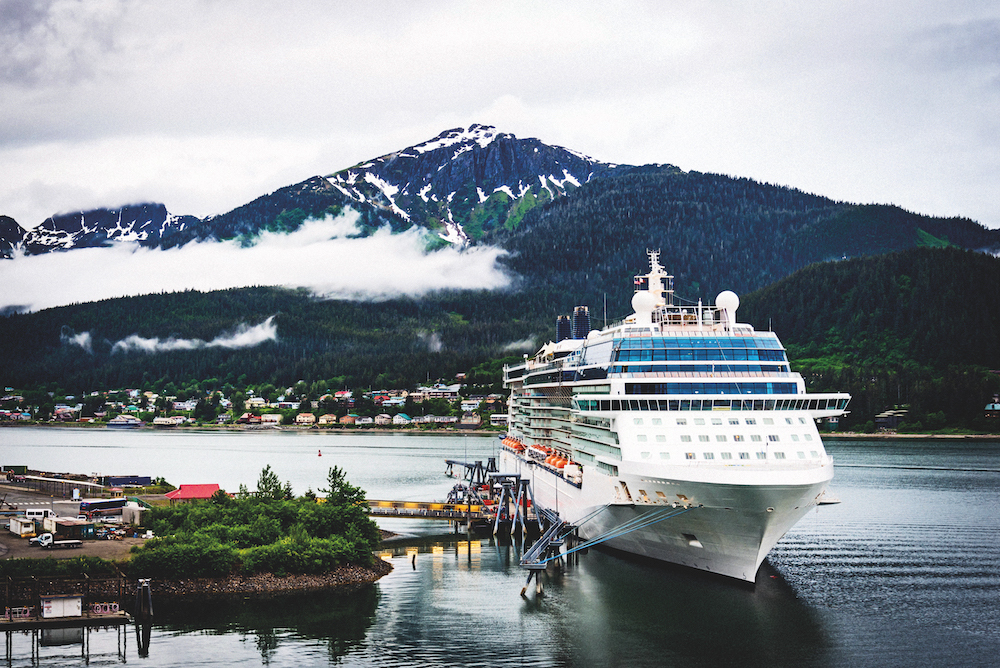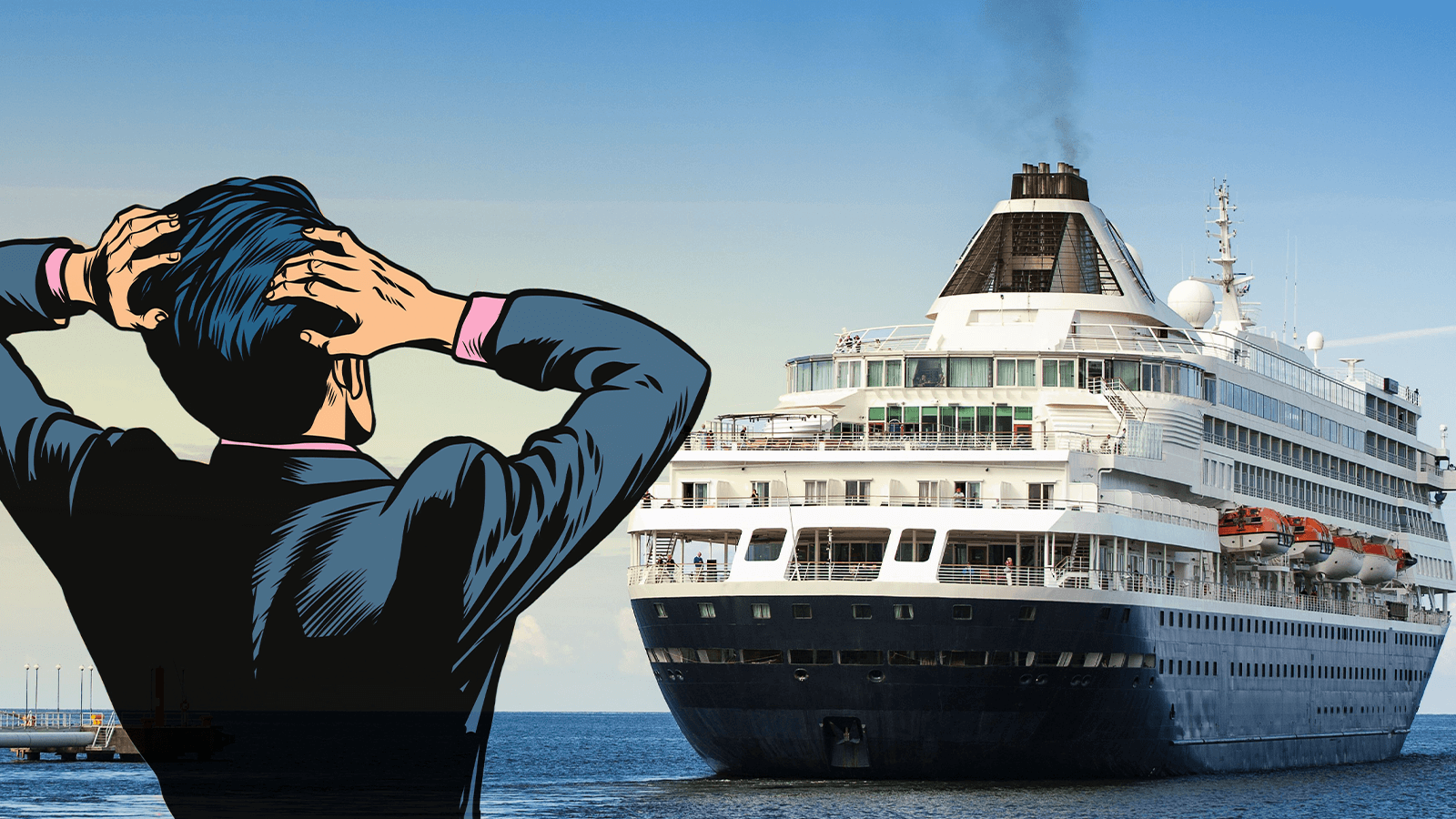
Can I go ashore independently?
If you’re looking for unique and memorable experiences while exploring a cruise port, going ashore independently is likely your best option. However, to avoid becoming a ‘pier runner’, preparation is key…
With a plethora of eye-catching ports awaiting on a cruise, it’s only natural to wonder how best to savour the upcoming destinations in which your ship plans to dock.
Should you stick with fellow passengers and explore via scheduled shore excursions, or dare you be more adventurous by going ashore independently?
While most cruisers prefer the sound of the latter, a lack of confidence in the ability to navigate unfamiliar territory combined with the possibility of being left behind, steers many back towards taking organised shore excursions.
That may sound feeble, but cruise passengers who return late are often left behind by their cruise ship.
Being watched from above as a dockside ‘pier runner’ is incredibly humiliating. Missing a cruise ship also brings an abrupt halt to your holiday, as well as the nightmare logistics of being stranded in a foreign country without your belongings. Not to mention sky-high fees for getting yourself back on board elsewhere, or back home under a disheartened cloud.

The offerings of shore excursions are usually limited, while the cost of joining one can be surprisingly high - often twice as much as a privately-booked equivalent.
However, fear of the repercussions of missing a cruise ship while abroad ensures that most cruise passengers obediently hand over their hard-earned cash; while not being able to explore cruise destinations as fully as they might have liked.
So, can you and should you go ashore independently? What about legal logistics such as having a passport or Visa with you? And how can you avoid missing your cruise ship while enjoying a lone wander in a given port?
There is much to consider but don’t let that put you off. By incorporating some simple strategies into an independent day ashore, you can be sure of making the most of a new port while also not missing the boat.

Can you go ashore independently?
It could be argued that, as a cruiser, if you haven’t explored ashore independently then you haven’t made the most of your cruising experience. After all, who doesn’t want to wake up in a new and stunning locale before exploring at will – without fear of repercussion? Sounds good doesn’t it?
But first, let’s consider that repercussion of potentially missing your cruise ship. Of course, if you step ashore and go it alone for a while, there is always the possibility that you’ll be late back to your ship’s nominated pier and you’ll watch your cruise heading off into the sunset without you.
But, before that sends you scurrying towards booking the next scheduled excursion, let’s counteract this possibility with the fact that this is merely a possibility. Additionally, there’s a great deal you can do to ensure that never happens.
Take faith from the fact that if you’ve handled other big responsibilities – financial obligations back at home, a career, driving or using public transport in an unfamiliar area as well as other day-to-day and tricky scenarios, then chances are you’ve encountered more difficult tasks than being back at a pier on time.

Yes, you should go ashore independently. It’s one of the best and most exciting things you can do on a cruise. You may stumble upon a charming little restaurant that will introduce you to food that you’ll love for the rest of your life or you have a memorable experience with the locals that would never have happened.
Afterwards, you won’t be recalling the same predictable sights as everyone else. Instead you’ll have unique memories to take away with you.
Exploring ashore independently is simply a matter of having some confidence, being prepared for your destination and equipping yourself as best as you can for if problems arise.
With a little groundwork and practice, exploring ashore independently will become something to look forward to. It feels even better when you’ve had a better time than everyone else while what you would have spent on that scheduled excursion is still sitting in your bank account.

Don’t miss the boat – Preparation is key
While it’s a romantic notion to simply step off your cruise ship and go for a random wander in an exotic port alone, in reality this doesn’t usually work. This is especially true if you’ve never been to a given port before, you don’t speak the language or there are only limited funds available for your excursion.
To go ashore independently, without being stung as a consequence of getting lost, distracted or delayed, it is important to prepare for your visit well in advance. This allows you to step out with confidence and navigate unforeseen difficulties when they arise. If you choose to forego scheduled excursions, preparation is key.
As your cruise ship arrives in a port you wish to explore, this is not the ideal time to suddenly opt for an independent excursion. Ideally, this should have been decided long before you even set foot on board your ship.
Begin by consulting your cruise’s itinerary when booking your cruise, picking out where you wish to go it alone. For those new to independent exploration, easier options include ports where the ship docks directly with no further transport needed out to a given city.

Once you’ve chosen your preferred ports, the next thing to establish is how long your cruise ship will be docked there, and what the exact cut-off time will be for getting back onboard. Be mindful there is usually a difference between ship time and local time, so always stick to ship time.
Ask a member of the crew when you need to be back for. If you feel as though you don't have enough time, don't risk it.
To allow for anything that doesn’t go to plan while you’re out and about (e.g., a delayed return journey on public transport), reduce your exploration time by at least an hour (or two) to ensure you have wiggle room for unexpected delays. It's always better to reside in the ship's bar for an hour before departure, rather than feverishly cutting through the urban jungle.
However, even the best laid plans go askew, so although reducing your exploration time in port may sound boring, doing this factors in some contingency. You’ll be so glad you allowed this while feeling more relaxed meantime.
Once you know where you want to go and how long you have to explore, thoroughly research your chosen port. This can include potential visitor attractions, events going on at the time of docking, what public transport is available and how to make use of it as well as what the local language is.

Remember: the locals may not speak your language
Importantly, you need to establish if a Visa will be required to explore independently and if so, how long and how much will this take for you to obtain.
Learning a few key phrases in the local language such as ‘Can you direct me to the nearest taxi rank?’ or ‘How much does that cost please?’ can also prove incredibly helpful. Even if your skills in that foreign language leave much to be desired, people will always appreciate that you’re trying and will be more likely to help should you need it.
With all of your gathered information, form a plan for what you wish to do and how you’ll go about doing it. If you, or anyone with you, has access needs while on a cruise, look into how these can be catered for.
Decide on a budget for your plans and convert currency in advance in case you need to pay in cash. Only carry what you need and then a little extra, but never carry too much cash.
Obtaining maps of the port you’ll be visiting and having them in more than one format is also a good idea. For example, if your phone can’t connect to data, you can make use of screenshots. If the screenshots are accidentally deleted, having a paper map too will ensure you don’t become lost.

Try not to do too much
Whatever you plan, try not to fit too much into your day ashore. You want to have some breathing space in case something goes wrong, as well as time to enjoy what you’ve come to see.
Try to consider how something could go awry and then allow for that possibility. For example, if your debit card didn’t work somewhere, how else would you pay? If you dropped your paper map, how else would you navigate? If your chosen transport doesn’t show up on time, would another means of travel get you back in time and what is it?
Finally, when it comes to packing for your cruise, always think of what you might need if exploring independently. What if the weather is awful during your day ashore and you need to change?
Have you packed comfortable shoes, weatherproof gear and sunscreen? Will you need medication while away from the cruise ship? How would others know that someone has a medical condition if help is needed while out and about?
Once ashore, there are further simple strategies you can employ to ensure you don’t become a pier runner.
While researching and planning ahead of docking in port may feel like overkill, the legwork put in before your cruise will ensure your day ashore goes smoothly.
When going ashore independently, preparation is key. Your reward will be a more unique, memorable and cheaper day out than if you’d booked a scheduled excursion minus the fear of missing the boat.












